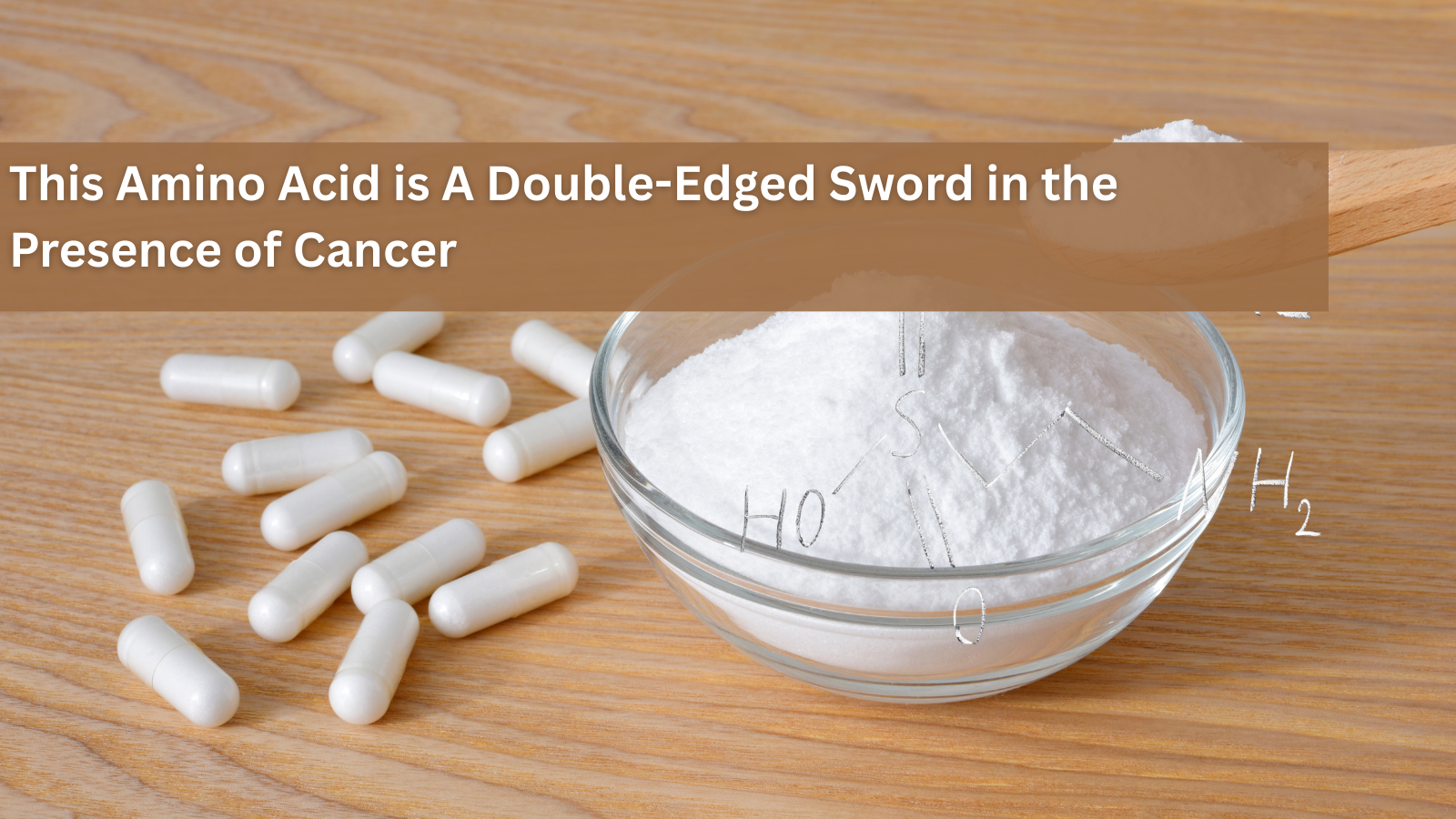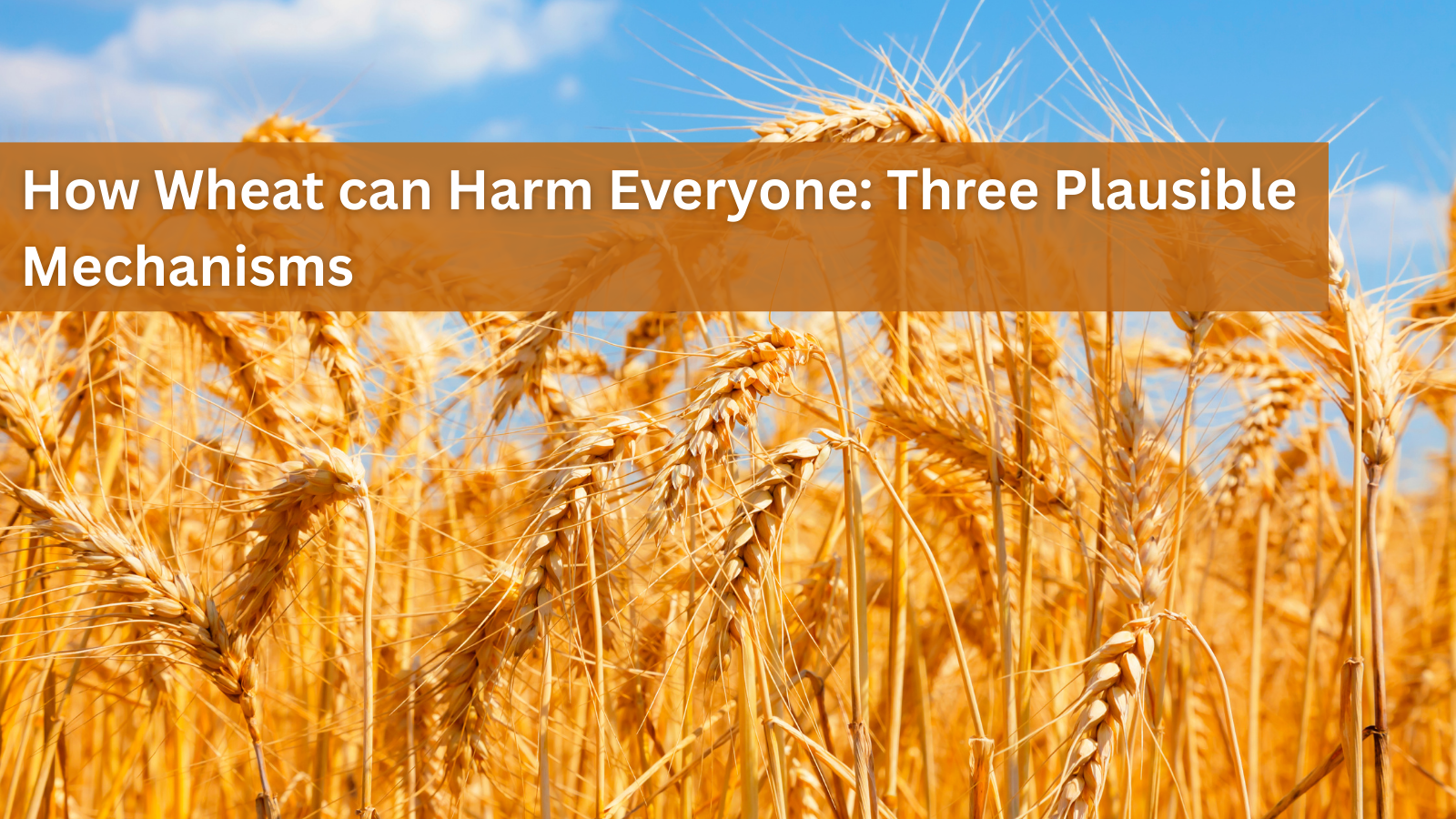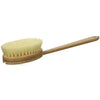Candida Cleanse Diet Guide: How to Treat Yeast Overgrowth with Foods & Supplements

The Candida Cleanse is a popular fad that has taken the internet by storm. A fungus referred to as Candida Albicans can change forms and make its way to your mouth, gastrointestinal tract and vagina, but can be cleansed with a Candida diet, hence the name Candida cleanse diet.
Candida is a harmless, natural resident of the human microbiome, when kept in check. But under certain conditions, it can multiply and lead to infections like thrush, vaginal yeast infections, and digestive issues. A Candida Cleanse restores balance in your body by eliminating foods that feed Candida and introducing supplements.
During your research so far, you may have come across mixed opinions about the Candida diet. Supporters say the diet helps relieve symptoms such as bloating, fatigue, and brain fog.
Let's break down the cleanse and see what it is, how it works, and whether it's right for you.
What Is Candida?
Candida is a yeast infection that occurs due to candida overgrowth in your gut lining, skin or vagina. In healthy people, Candida exists in balance with bacteria. If the balance is disrupted due to overgrowth, it becomes problematic.
To maintain a balanced gut flora, you need to take probiotics and make healthy dietary changes to prevent candida overgrowth. If left untreated, it can lead to celiac disease and numerous health problems that are related to the digestive tract.
Did you know? Candida Albicans is the most common species of Candida, responsible for many cases of candida infections and yeast infections, which affect 75% of women at some point in life.
What Causes Candida Overgrowth?
Candida is a naturally growing yeast that lives in your mouth and intestines, which helps with digestion and nutrient absorption. In cases of overgrowth, you may experience symptoms, like fatigue, digestive issues, and frequent yeast infections, which the following triggers can cause:
-
Using antibiotics that kill protective bacteria.
-
A diet that is high in sugar or refined carbohydrates.
-
Weakened immune function due to pre-existing health issues.
-
Taking stress or hormonal imbalances.
-
Chronic inflammation or gut dysbiosis.
Usually, Candida infections are treated with anti-fungal medications, dietary adjustments, and probiotics to help restore gut balance. In more severe cases, such as invasive candida infection, the infection adversely impacts organs like the heart, brain, and kidneys.
Types of Candidiasis
Candida infections can show up in different places in the body. How they impact the body depends on the area of growth and the severity of the disease. Here are the most common types:
1. Vaginal Candidiasis Infection (Yeast Infection)
Yeast infections are one of the most common forms of candida infection that happens when Candida grows too much in the vagina.
Symptoms
-
Itching and irritation in the vaginal area.
-
Pain during intercourse.
-
Burning sensation when you pee.
-
Thick cheese-like discharge.
-
Swelling or small cracks in the skin around the vagina.
Did you know? Apple cider vinegar (ACV) has been proven in science to fight fungi. Lab studies show that it can stop Candida from growing in a petri dish.
Treatment
Treatment of vaginal Candida includes anti-fungal medications that are available over-the-counter or prescribed by your doctor.
2. Oral, Throat, and Oesophagal Candidiasis (Thrush)
When Candida overgrows in the mouth or throat, it's called thrush. This type of infection can also affect the oesophagus. Thrush is more common in people with weaker immune systems.
Symptoms
-
White patches on the tongue, cheeks, or throat.
-
Redness and soreness.
-
A cotton-like feeling in the mouth.
-
Trouble tasting foods.
-
Pain when eating or swallowing.
-
Cracked corners of the mouth.
Treatment
If thrush spreads to the oesophagus, you may need an endoscopy to see how far it's gone. Otherwise, it can usually be treated with anti-fungal medications.
3. Invasive Candida Infections
This is the most serious type of Candida infection and occurs when the fungus enters deeper into the body, not just the skin or mouth. It can reach essential organs like your heart, brain, eyes, bones and blood.
Symptoms
-
Fever and chills that don't improve with antibiotics.
-
Other symptoms depend on where the fungus spreads.
Treatment
Invasive candida infection is rare and usually happens in people who are already seriously ill or have weakened immune systems. It's diagnosed through blood tests or tissue samples, and treatment needs to start quickly to prevent complications.
Pros and Cons of Doing a Candida Cleanse
While many people report feeling better after a cleanse, such as experiencing more energy, less bloating, and clearer thinking, it's not without its challenges. Let's look at the benefits and possible downsides of starting a candida cleanse:
Pros:
-
Improved Gut Health: When you cut out sugar and processed foods, you help reduce the environment that Candida thrives in, promoting a healthier balance of gut bacteria.
-
Boosted Energy: Many people report increased energy and mental clarity once the overgrowth is under control.
-
Reduced Digestive Issues: Bloating, gas, and irregular bowel movements often improve after a cleanse.
-
Stronger Immunity: A healthier gut means better immune function and fewer recurring infections.
-
Less Sugar Cravings: As your body adjusts, you'll likely crave less sugar and refined carbs.
Cons:
-
Die-Off Symptoms: As Candida dies, it can release toxins that cause temporary side effects like fatigue, headaches, or brain fog.
-
Restrictive Diet: The cleanse diet can be challenging to stick to and may feel limiting at first, especially if you're used to high-carb or sugary foods.
-
Not One-Size-Fits-All: Not everyone benefits equally from a cleanse. It may not be necessary or even helpful for those without significant overgrowth.
-
Potential Nutrient Gaps: If not carefully planned, cutting out entire food groups could lead to nutritional deficiencies.
A candida cleanse can be a helpful reset, but it's essential to listen to your body and take it one step at a time. Always consult a health professional if you're unsure whether it's right for you.
How to Maximise the Benefits of a Candida Cleanse
Doing a candida cleanse isn't just about cutting sugar—it's about helping your gut heal and finding balance. To make the most of your cleanse, it helps to combine the right foods, lifestyle changes, and supplements. Here's how to do it step-by-step:
Step 1: Clean Up Your Diet
Start by removing sugary foods, white bread, pasta, and processed snacks. These foods feed Candida and slow your progress. Instead, go for:
-
Healthy fats like avocado and olive oil
-
Non-starchy vegetables such as spinach, kale, and zucchini
-
Low-sugar fruits like berries and citrus
These foods support your gut, give you energy, and strengthen your immune system.
Step 2: Follow the Candida Diet
The candida diet focuses on foods that reduce yeast growth. This includes whole, unprocessed meals like:
-
Leafy greens and cruciferous veggies
-
Gluten-free grains like quinoa
-
Lean proteins such as chicken or wild-caught fish
-
Fermented foods like sauerkraut or plain yoghurt
Avoiding sugar and white carbs helps prevent "die-off" reactions, those flu-like symptoms you might feel when the yeast dies off. Herbal teas and water help ease discomfort during this phase.
Step 3: Create a Sample Meal Plan
A basic day might look like this:
-
Breakfast: Scrambled eggs with spinach and avocado
-
Lunch: Grilled chicken with roasted broccoli
-
Dinner: Baked salmon with zucchini and a side of quinoa
Pro Tip: Use oils like coconut or olive oil when cooking. Add small portions of low-sugar fruits and keep your protein clean and straightforward.
Step 4: Manage Die-Off Symptoms
When Candida dies, it can release toxins that make you feel off, tired, foggy, or headachy. This is temporary but uncomfortable. Here's how to cope:
-
Stay hydrated with water and herbal teas
-
Get plenty of sleep
-
Try gentle exercise like walking or yoga
-
Use natural binders like activated charcoal to flush out toxins
-
Practice calming activities like deep breathing or meditation
Step 5: Support Your Liver
Your liver works overtime during a cleanse to remove toxins, so support it with:
-
Water, water, and more water
-
Foods like garlic, onions, and leafy greens
-
Cruciferous veggies like broccoli and cauliflower
-
Supplements like milk thistle or vitamin C
Also, avoid extra chemicals from processed foods, pesticides, and household cleaners during your cleanse.
Supplements to Take During Your Candida Cleanse
While diet is key, supplements can give your body a boost and speed up healing. Here are some great ones to consider:
1. Start with Dr. Clark Store
Dr. Clark Store offers high-quality supplements made without harsh fillers or additives. Their Candida Cleanse Kits and products like oregano oil capsules are trusted by those looking for a natural and gentle approach. These products are beneficial if you're looking for something practical yet easy on the body.
2. Probiotics
A potent probiotic helps restore your gut's natural balance. Look for a mix of Lactobacillus and Bifidobacterium strains, with at least 10 billion CFUs.
3. Caprylic Acid
This natural compound in coconut oil breaks down Candida's cell walls. It's a powerful anti-fungal and supports healthy digestion.
4. Oregano Oil
Oregano oil is rich in carvacrol, a natural anti-fungal. It helps reduce Candida and supports your immune system. Just be careful, it's powerful, so start small. Dr. Clark Store brand Oregano Essential Oil is potent and pure, food grade quality.
5. Garlic Extract
Garlic helps fight yeast and bacteria. Aged garlic extract is easier on your stomach and also helps your body detox.
6. Vitamin C & Zinc
These boost your immune system and help reduce inflammation during the cleanse. They also support healing and tissue repair. Dr. Clark Store has a variety of Vitamin C options.
7. Digestive Enzymes
Enzymes help your body break down food and reduce strain on your digestive system. Some even help destroy Candida's protective layers (called biofilms). Dr. CLark Store has a variety of enzyme formulas designed for different issues, but that all are designed to improve digestion.
Pro Tip: Always add new supplements gradually. Everyone reacts differently, so go slow and track how you feel. If you're unsure, ask a healthcare provider for guidance.
Final Thoughts: Take Charge of Your Gut Health with a Smarter Candida Cleanse
A candida cleanse isn't just about cutting sugar; it's about listening to your body, restoring balance, and creating long-term habits that support gut and immune health.
While it's not a guaranteed cure for Candida, many people find actual relief from bloating, fatigue, and recurring yeast infections when they focus on clean eating and natural support.
If you're looking for high-quality, trusted products to support your journey, we strongly recommend Dr. Clark Store. Their Candida Cleanse Kits and targeted anti-fungal supplements are clean, practical, and backed by health research.
Whether you're just starting out or already deep in your cleanse, their products can help you feel more supported every step of the way.
1 comment

August 19, 2025
This Amino Acid is A Double-Edged Sword in the Presence of Cancer
Taurine is a sulfur-containing amino acid derivative found abundantly in animal tissues that has been touted for its role in heart health, mitochondrial function, and cellular hydration. In recent years, taurine is increasingly recognize...
Read more
August 19, 2025
How Wheat can Harm Everyone: Three Plausible Mechanisms
Wheat was among our first domesticated crops, beginning over 10,000 years ago in the Fertile Crescent. Ancient peoples later hybridized to form modern bread wheat (Triticum aestivum) about 8,500–9,000 years ago. In the 20th century, the ...
Read more
August 19, 2025
Radiation and How You Can Protect Yourself
We live in a world buzzing with invisible forces. Wi-Fi is almost everywhere nowadays,especially in modern countries, and when you can’t get Wi-Fi, you likely turn on your mobile data — which means you’re exposed to electromagnetic field...
Read more





Excellent article , I prefer this wholesome approach to eliminate the Candida
Leave a comment